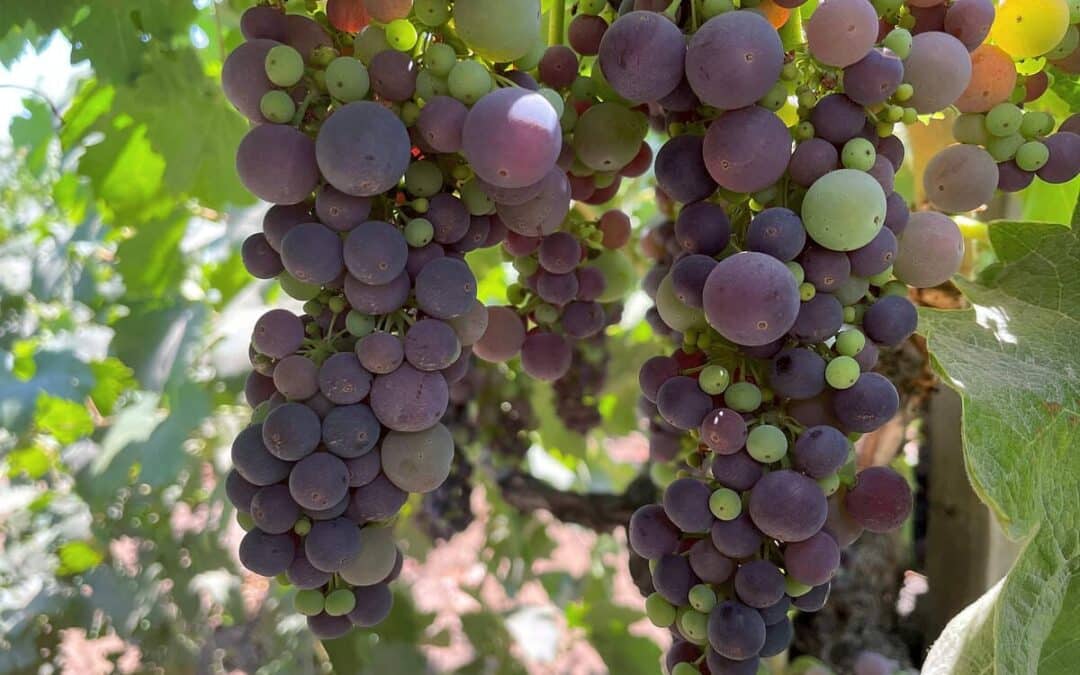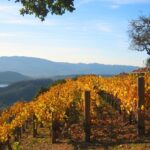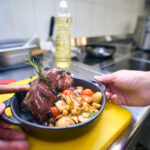Napa Valley is one of the premier winemaking areas of the world. With over 400 wineries growing grapes throughout a relatively small but diverse area, the winemakers produce award-winning, state-of-the-art wines from material grown in diverse conditions. From the Valley base to the slopes surrounding mountains, the growers of Napa Valley produce nearly every variety of grape under very different conditions.
As you move from winery to winery during a Napa wine tour, you will notice that each winemaker and winery seems to have different approaches to the art of winemaking.
Ultimately, they are all effective, with the more conventional wineries sticking with the tried-and-true ways, while others are innovative and breaking new ground with what they do. The variances in the terroir or growing conditions of grapes and wines vary considerably, sometimes requiring the winemaker to change or adapt the process.
However, Mother Nature offers some challenges that winemakers must be prepared to manage each year.
Managing the Raw Product
The winemaking process demands expert handling at the vineyards. Managers and crews must deal with a slew of different conditions each year. From too much to too little rain, rising temperatures, and diverse soil conditions, they adopt various strategies to manage all the differences.
The vineyard managers must deal with pruning, bud break, deciding whether and when to reduce the canopy, and many other factors until the grapes are ready. You can witness these activities at different times during the growing season as you participate in one of the best vineyard tours in Napa Valley.
Picking and Transporting to the Wineries
Choosing the exact time to pick the grapes demands considerable skill. The principal determinants are different varieties and variable conditions of the growing season and soil.
The vineyard manager makes a judgment in deciding when to pick the crop. In many locations, the process is conducted by hand, although mechanical harvesting is becoming most common.
Vineyard managers must make sure not to harvest during sweltering conditions, which is why they often choose to pick at night or early morning,
The vineyard’s location is a principal determinant, although, in most instances, the Chardonnay and other white varieties are ready first, usually in late July and early August. Various red grapes varieties follow these until the most popular, Cabernet Sauvignon, is generally harvested last, usually in mid-to-late October, depending on their location.
Visitors may watch the picking process during their well-timed, best vineyard tours in Napa Valley.
Receiving at the Winery
The freshly picked fruit is carried directly to the winery for processing. Grapes are carefully inspected and then sent to the press to begin winemaking. Sometimes the process is urgent since cooling the grapes is essential.
Winemaking
There are seven critical processes in winemaking. These are:
- Harvesting
- De-stemming
- Crushing and Pressing
- Fermentation
- Clarification
- Storage and Ageing
- Bottling
The harvest and delivery are now completed, and the processing begins. The inspected grapes are de-stemmed and moved into the crusher to separate the liquids from the solids.
When making white wines, the winemaker quickly separates the solids and skins from the juice to create a clear liquid. For red wines, the solids, skins, and seeds are left in the liquid to yield more tannins, flavor, and color.
Once the solids are separated, the winemaker adds cultured yeast, which causes the liquid to ferment. Wines intended to be dry will ferment until all the sugar has been converted. Halting the fermentation process will create a sweeter wine.
The liquid is finally separated from all solids and placed in barrels or tanks to age.
The final stage is to remove the aged wines from the barrels or tanks and bottled.
The winemaker carefully monitors each step to ensure their quality. You can watch and sample some of these excellent wines during your Napa wine tour with Platypus Wine Tours.
Watch the Process During a Napa Wine Tour with Platypus Wine Tours
Platypus Wine Tours is the safest and most comprehensive Napa wine tour available. Reserve your place for one of the best vineyard tours in Napa or Sonoma and enjoy the hospitality and insights regarding a few of the area’s boutique wineries.
Reserve a join-in or private Napa wine tour by visiting the Platypus Wine Tour’s website.
If you have questions or wish to make special arrangements, phone Platypus Wine Tour at (707)-253-2723.







